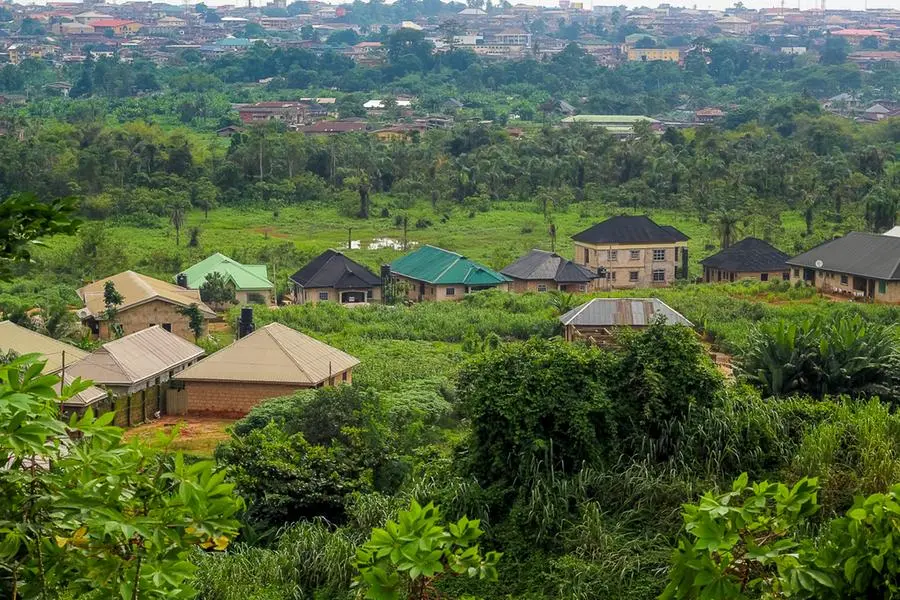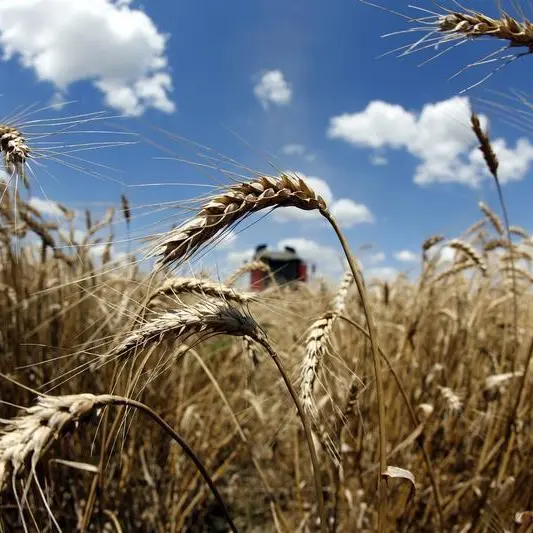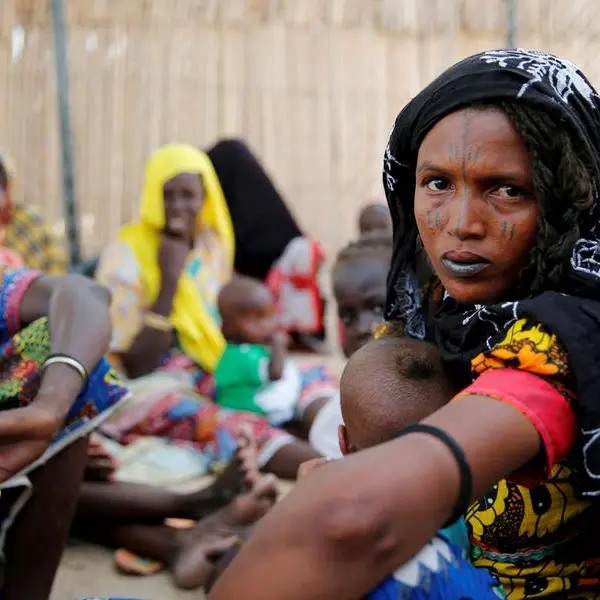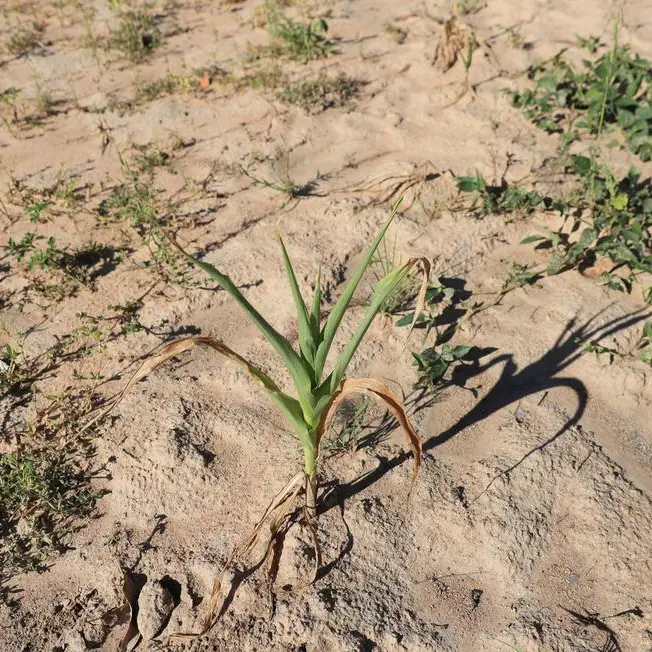PHOTO
Nigeria has about 40.2 million agricultural households, the National Bureau of Statistics (NBS) has said.
This was made known on Monday at the unveiling of the National Agricultural Sample Census (NASC) 2022 in Abuja.
The News Agency of Nigeria (NAN) reports that the census was conducted by the NBS in partnership with the World Bank, the Federal Ministry of Agriculture and Food Security, and the Food and Agriculture Organisation of the United Nations.
Related PostsCounterfeiting disincentivises Nigeria’s beauty market —DistributorNigeria, Egypt, South Africa’s gross official reserves rise in JuneNigeria steps back as Ghana, South Africa, Central Asian countries explore CBDC
The report revealed that out of the 91 per cent of agricultural households that cultivated crops, 35 per cent practiced only crop cultivation, while 48 per cent reported raising any type of livestock.
It showed that 16 per cent of the households raised 58 million cattle, while 41.2 per cent raised about 124 million goats.
“While 42.5 per cent raised poultry, most commonly chickens, while five per cent practiced fisheries.”
The report showed that the lowest percentage of agricultural households engaged in crop cultivation was recorded in Lagos State at 48.0 per cent, while Ebonyi recorded the highest at 99.5 per cent.
It showed the highest percentage of agricultural households engaged in livestock production was reported in Jigawa at 84.2 per cent, followed by Bauchi at 79.7 per cent.
The report said that for poultry, the highest percentage of agricultural households was recorded in Benue at 65.2 per cent, followed by Ebonyi State at 63.3 per cent.
Bishop Ohioma, Assistant Director, Agricultural and Business Enterprises Statistics Department, NBS, while giving an overview of the report, said the survey has two components, which include the listing component and the sample survey component.
Ohioma said the listing component was what was being unveiled, while the sample survey component would be unveiled in a few months.
He said the census provided a robust dataset that would support agricultural intervention programmes, enhance food security, and promote sustainable agricultural practices.
He said the NASC listing was conducted using digitised Enumeration Area (EA) maps in all 36 states of the Federation and the FCT.
Ohioma said 767 Local Government Areas (LGAS) in the country were canvassed; however, seven LGAs were not covered at the time of the census due to insecurity.
He said the uncovered LGAs were Four LGAs in Imo state and three LGAs in Borno state.
Ohio said 40 EAs were covered in each LGA, and the number of EAs covered varied by state; both urban and rural EAs were covered.
“In all, 30,546 EAs were covered nationwide out of the proposed 30,960. ”
He said one of the recommendations from the report includes that the government should allocate more resources to support the conduct of the quarterly and annual National Agricultural Sample Survey (NASS).
Ohioma said the report also recommended that technical and financial partners sustain support in the conduct of quarterly and annual NASS.
“Technical and financial partners will continuously provide support to build the capacity of staff of the NBS in agricultural statistics production.
“All hands must be on deck to ensure the sustainability of the NASC in Nigeria.”
Copyright © 2022 Nigerian Tribune Provided by SyndiGate Media Inc. (Syndigate.info).












